Legal Watt On a Bike in California: eBike Regulations, Legal Watt Limits Explained
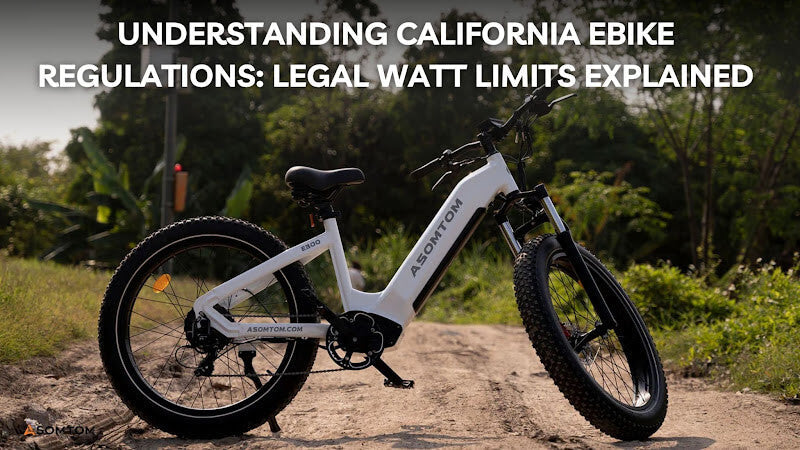
The surge in e-bike usage has led to information on California e-bike regulations being a priority for riders. The State maintains strict legal watt limits for safety and compliance reasons. With ongoing mobility diversification, ASOMTOM’s reputation for reliable technology and ergonomic mass-produced eBikes ensures compliance with California eBike regulations. Consumers must observe the legal watt on CA bike regulations lest they suffer penalties while riding freely throughout California’s varied landscape.
1. What Are eBikes? Defining the Basics
1.1. Types of eBikes
In California, it is common to classify eBikes under three core types: pedal-assist (pedelec), throttle-assist, and hybrids. They dictate the form of propulsion delivery, which impacts regulatory classification under California eBike laws. Compliance with eBike regulations in California is crucial, as these differences exist with varying ranges of legal limits for almost every type. Supported by smart engineering, ASOMTOM provides all types, assuring that riders meet performance standards while also adhering to the legal wattage on CA bike limits.
1.2. Core Components of eBikes
Motor, battery, and controller determine the most basic performance boundaries of an eBike. Each ensures your ride is within the legal wattage on CA bike limits set by local authorities. Following California eBike laws allows safe usage of equipment that does not exceed the permitted wattage, providing safety and peace of mind legally. ASOMTOM leads the market by combining compliant, regulated, stable, and tested components with Californian eBike regulations to ensure seamless, durable, and efficient rides propelled by solid engineering.
2. California eBike Classification System
2.1. Class 1 eBikes
Pedal-assist Class 1 eBikes are capped at 20 mph and come with California Bike Limits of 750W, making them eligible for widespread paths and roads. Knowing this classification is core under California’s eBike laws, thus helping riders choose wisely. ASOMTOM’s precision-crafted Class 1 models allow green commuting without breaching Californian regulations, making them perfect for urban travel. The engineered tech-first design provides users with comfort alongside compliance, designed to ease everyday riders around California’s metropolitan areas.
2.2. Class 2 eBikes
Cruise control features a throttle for Class 2 eBikes but caps speed at 20 mph alongside 750W motor output, breaching California eBike regulations. Bikers tend to favor manually controlled cruising, thus, effortless legal watt on CA bike restrictions. ASOMTOM builds Class 2 models to the company’s design, employing smart control systems that ensure intuitive throttle response while adapting to California compliance regulations.
2.3. Class 3 eBikes
Class 3 eBikes have a motor power of 750W and offer pedal-assist up to 28 mph. They emit greater than the prescribed speed limits, require riders to wear helmets, and are banned from certain pathways under California eBike laws. Riders ' infringement of speed and wattage restrictions also risks financial penalties. ASOMTOM addresses this with Class 3 eBikes that optimize features, obeying California regulations. Their mobility masterpieces are designed to respect the 750-watt legal limit on CA bikes while improving urban travel efficiency.
3. Legal Watt Limits for eBikes in California
3.1. Maximum Motor Power
California legal bike regulations stipulate a 750-watt legal limit on CA eBikes. Riders exceeding this limit may face fines or reclassification of an eBike as a motor vehicle, and this falsely alters the legal classification. Complying with California eBike laws puts riders at lower risk of incurring fines and gives trails unimpeded access. ASOMTOM adheres to these standards, guaranteeing power bikes under optimal output. Consumer expectation paired with California eBike regulations drives innovation in ASOMTOM, making them leaders in safety-compliant eBikes.
3.2. Wattage Limits Across Different Classes
All bike classes in California—1, 2, and 3—carry the motor power restrictions of 750W, dealing with California eBike laws. The primary goal is rider and public safety with standardization in vehicle category. 750-watt limit on CA eBikes draws restrictions. Violating these legal limits results in ticketing or bike confiscation.
3.3. Penalties for Exceeding Watt Limits
Changes to your eBike, such as exceeding the wattage limit of 750W stipulated under California eBike regulations, will lead to issued citations, fines, or even seizures of the contravening vehicles. Some riders are exposed to additional liability in accidents due to unauthorized alterations of the bicycle’s wattage.
4. Regulatory Authorities Governing eBike Usage
4.1. California Department of Motor Vehicles (DMV)
Compliance with the eBike. The DMV classifies and ensures eBike models comply with the legal Classification and registration exempted legal watt on California bike regulations issued in California eBike regulations eBike. The DMV has issued guidance on these matters, which riders are encouraged to keep abreast of.
4.2. California Vehicle Code (CVC)
The CVC articulates how eBikes are regulated in California concerning the legal wattage on CA bikes. CVC 312.5 defines class and subclass distinctions and motor restrictions. These legal frameworks help riders avoid infractions under California eBike regulations and embrace the laws.
5. Importance of Watt Limits
5.1. Safety Considerations
California eBike regulations seek to maintain the safety of the rider and pedestrians. The incautious rider exposes a greater risk, exceeding the legal CWATT on CA bike wattage limit in the event of an accident. Stunt riding or careless operation of eBikes is banned to preserve the security of the general public.
5.2. Infrastructure Protection
Regulations in California on super-heavy eBikes put restrictions on the maximum weight a bicycle can be fitted with to avoid abuse. Overpowered eBikes also contravene the legal range for CA bikes and are themselves counterproductive to the conservation of biking amenities. By enforcing California eBike regulations, municipalities endeavor to keep and support the most for sustained use.
6. Compliance with Watt Regulations
6.1. Ensuring Your eBike Meets Legal Standards
Ensure that your eBike is legal in California and check if they have a legal watt on a CA bike. The motor wattage, speed caps, and class designations must all be by California's eBike laws. ASOMTOM makes this easier by clearly stating compliance data and specifications. Every ASOMTOM model is compliant and gives buyers reassurance and peace of mind while riding California streets legally and safely without the need for cumbersome modifications or manual adjustments.
6.2. Certification and Documentation
For compliance with California eBike regulations, an inspection could require documents proving compliance, such as a certificate proving the motor’s wattage and class identifier. This assists validating compliance with the legal watt on CA bike during inspections or accidents.
7. Modifying eBikes and Legal Implications
7.1. Legalities of Modifying eBike Motors
Unless the eBike is re-registered, California eBike regulations do not allow such modifications. Changing the output of the motor to anything over 750W will breach the California legal wattage limit on CA bikes, make the bike reclassified under motor vehicle laws.
7.2. Risks Associated with Modifications
Besides legal reasons, eBike modification can induce rapid overheating, cause the battery to fail, and create safety issues. California electric bike laws are stringent to prevent these issues from occurring. There is also the aspect of violating the legal watt on CA bike which will void the insurance or put the liability on the crash.
8. eBike Usage Areas and Watt Regulations
8.1. Public Roadways and Streets
All eBikes must observe eBike laws California has set into place while riding on public roads, including keeping to the legal watt on CA bike limit of 750W. Class 3 bikes require the use of helmets and are not permitted to use bike paths. Cities enforce eBike regulations California for consistent safety. ASOMTOM designs road-legal eBikes that cater for all three classes. Their Riders Adaptive Speed Optimization Systems (RASOS) and safety features make them ideal commuting eBikes while avoiding violations. ASOMTOM bikes are built to blend performance with compliance on street use.
8.2. Trails and Parks
Different parks and trails in California have specific watt limits, and some even restricts passage due to the motor wattage out of concern for wildlife as well as the condition of the trails. Understanding the legal watt on CA bike as well as adhering to California eBike regulations allows riders to comfortably enjoy riding without worrying about violations.
9. Insurance and Liability Concerns
9.1. Insurance Requirements for eBike Owners
Insurance is not required for all eBikes, but some Class 3 models might need coverage. Legal watt on CA bike could invalidates claims, as exceeding the limit pushes liability off eBike owners California regulations governing eBikes.
9.2. Liability Implications in Accidents
In an accident, California eBike laws, especially the power limit of 750W, impose full liability regardless of fault. Insurance companies may refuse coverage if the eBike surpasses the regulated parameters. The lawsCalifornia eBike restrictions protect the user and others in society.
10. Future of eBike Wattage Regulations in California
10.1. Potential Changes and Trends
With increasing use, California eBike regulations could change, potentially modifying the 750W power limit or changing the classification of some models. Growing usage in urban areas fuels this legislative interest. California eBike regulations will require modifications by riders and manufacturers to ensure compliance.
10.2. Impact of Technological Innovations
Compliance with California eBike regulations is transforming thanks to advanced innovations such as smart controllers, regenerative braking, and sophisticated battery management. These technologies impact how wattage is controlled and measured, increasing the importance of compliance with the 750W power limit. eBike regulations in California will be able to sustain these adaptations.
11. Case Studies: Real-life Examples
11.1. Legal Precedents and Cases
Riders crossing the regulated boundaries of wattage are facing legal action and being reclassified as automobiles for advanced California eBike laws. These cases set California eBike regulations precedents, pushing limits on enforcement. Public safety is often prioritized by the courts.
11.2. Community Impact Stories
Focusing on California eBike policies allows people to access bicycles more easily and strengthens community responsibility, which in turn, provides better street safety. Riders who comply with CA bike rules avoid accidents and run into fewer legal problems.
12. International Comparison of Watt Regulations
12.1. US vs. European Union Standards
The EU has a legally mandated limit of 250W, while California eBike legislation sets the upper limit at 750W. This disparity illustrates the legal weight of CA bike against global standards. Riders appreciate regional leniency when understanding eBike regulations in California, which fosters a positive, flexible perspective.
12.2. Insights from International Best Practices
Germany and the Netherlands enforce watt limits while certifying parts, which strikes a balance between performance and eco-friendliness. Such countries inspire eBike regulations Califin Californiaoving the legal watt on CA bike.bikesifornia may soon adopt such international frameworks
13. Summary
California eBike regulations focus on clarity and sustainable safety. Legal wattage on CA bikes is important to understand for proper riding within California eBike laws. California eBike regulations will change as demand and innovation increase. Asomtome is a premium brand designed to legally conform to performance regulations.
FAQs about California eBike Watt Regulations
- What is the legal watt limit for eBikes in California?
As California regulations state, the legal limit for power on eBikes is 750W. Riders abide by the street-legality rule, and bypass registration or fines due with ASOMTOM eBikes since they fall within this limit. - How do I know if my eBike complies with California regulations?
Always check motor wattage, which must be under 750W, the speed class label, and throttle limitations. All ASOMTOM eBike models are compliant with California laws on eBikes and are properly marked regarding regulation compliance. - Can I legally modify the wattage on my eBike?
No. California Law on eBikes regulates power use to 750W; therefore, breaking that limit is not permitted. ASOMTOM keeps performance balanced out of the box, safe, and compliant for uncapped modifications, which is why they discourage alterations. - Are there specific wattage rules for riding eBikes on trails?
Yes, numerous trails have eBike power restrictions set higher than 750W. With lower than legal wattage on CA bike standards, ASOMTOM models can access most paths and parks. -
Do I need special insurance for an eBike in California?
While insurance is not required, it is suggested. eBikes from ASOMOTOM are easier to insure due to the legal standards they meet and safer to use on public trails, which recommend coverage, making insurance smoother.




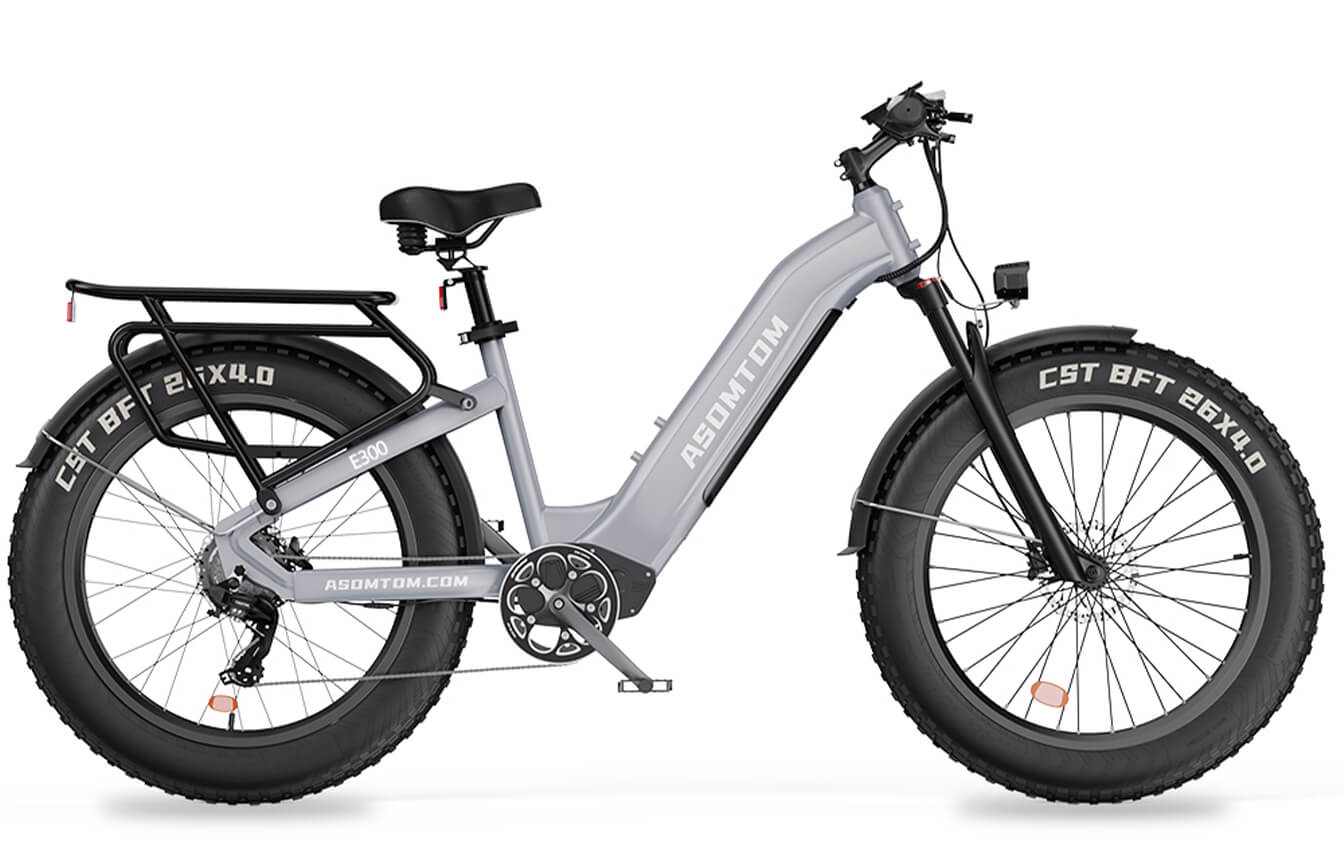
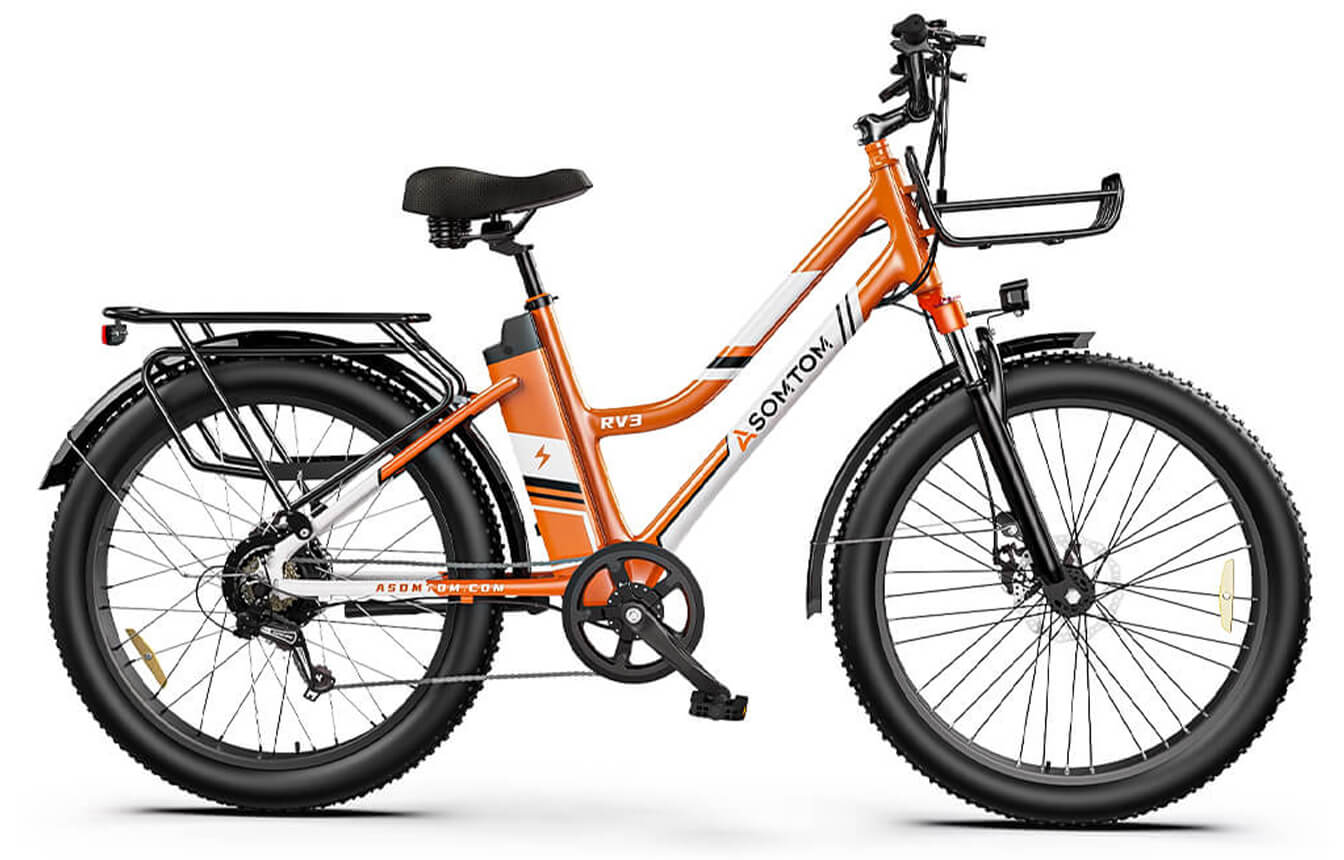












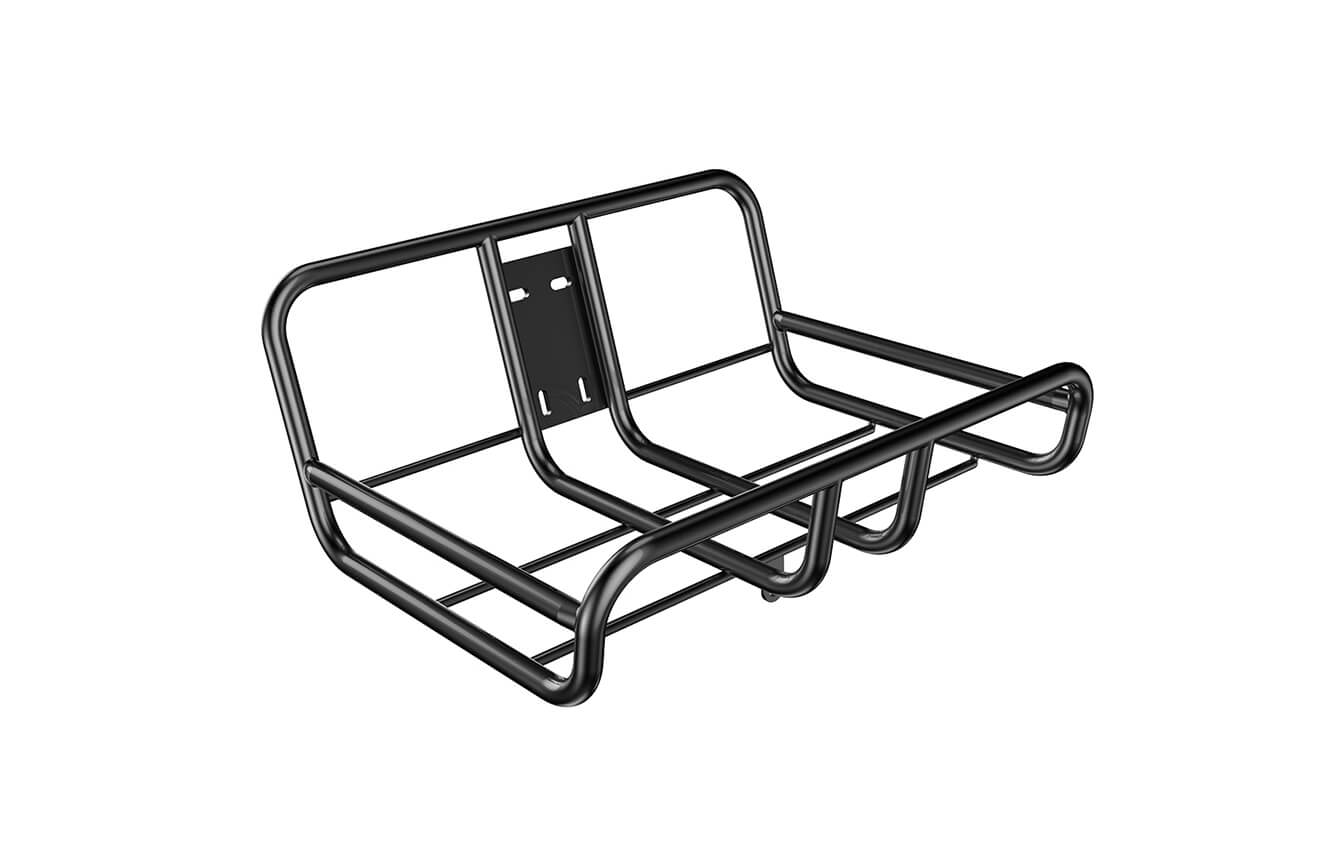
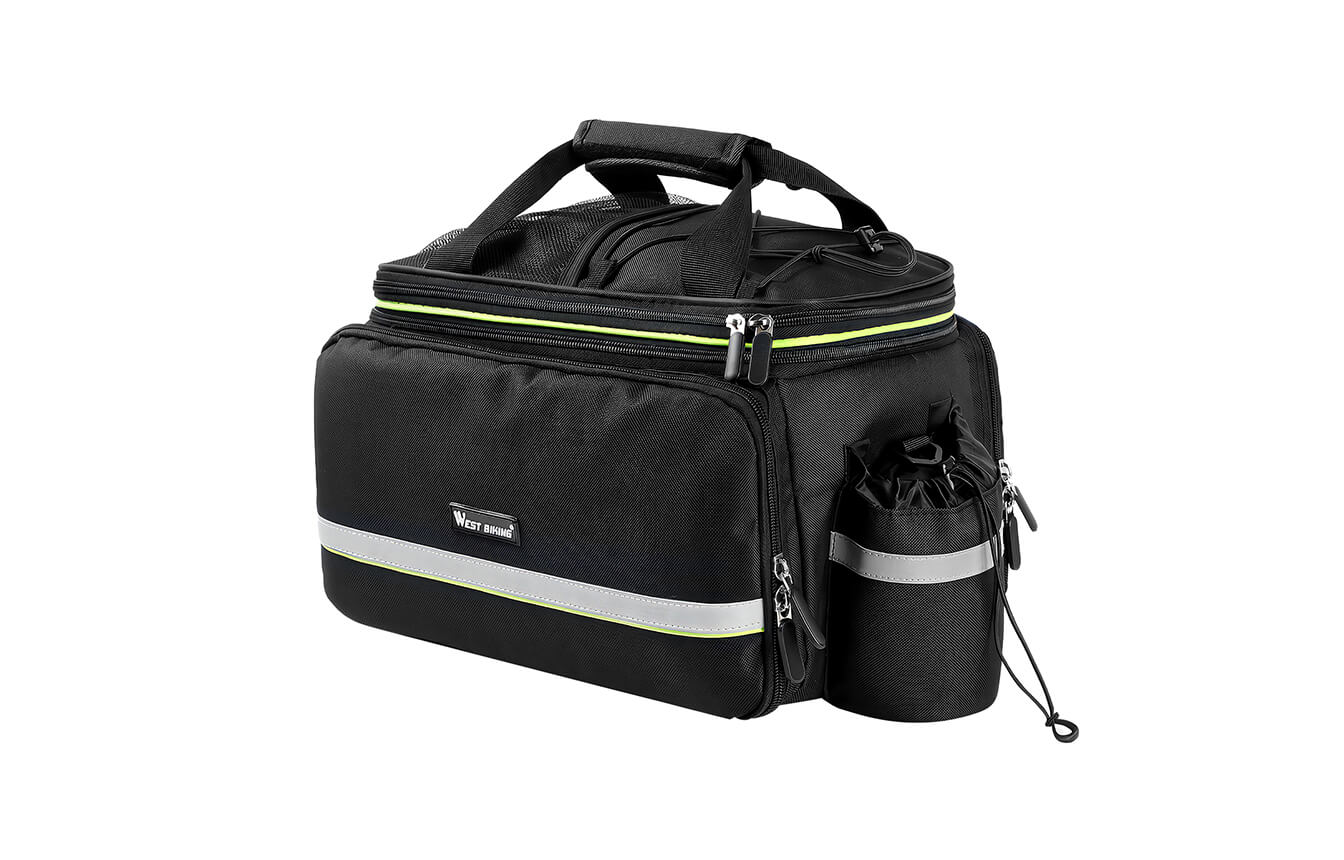
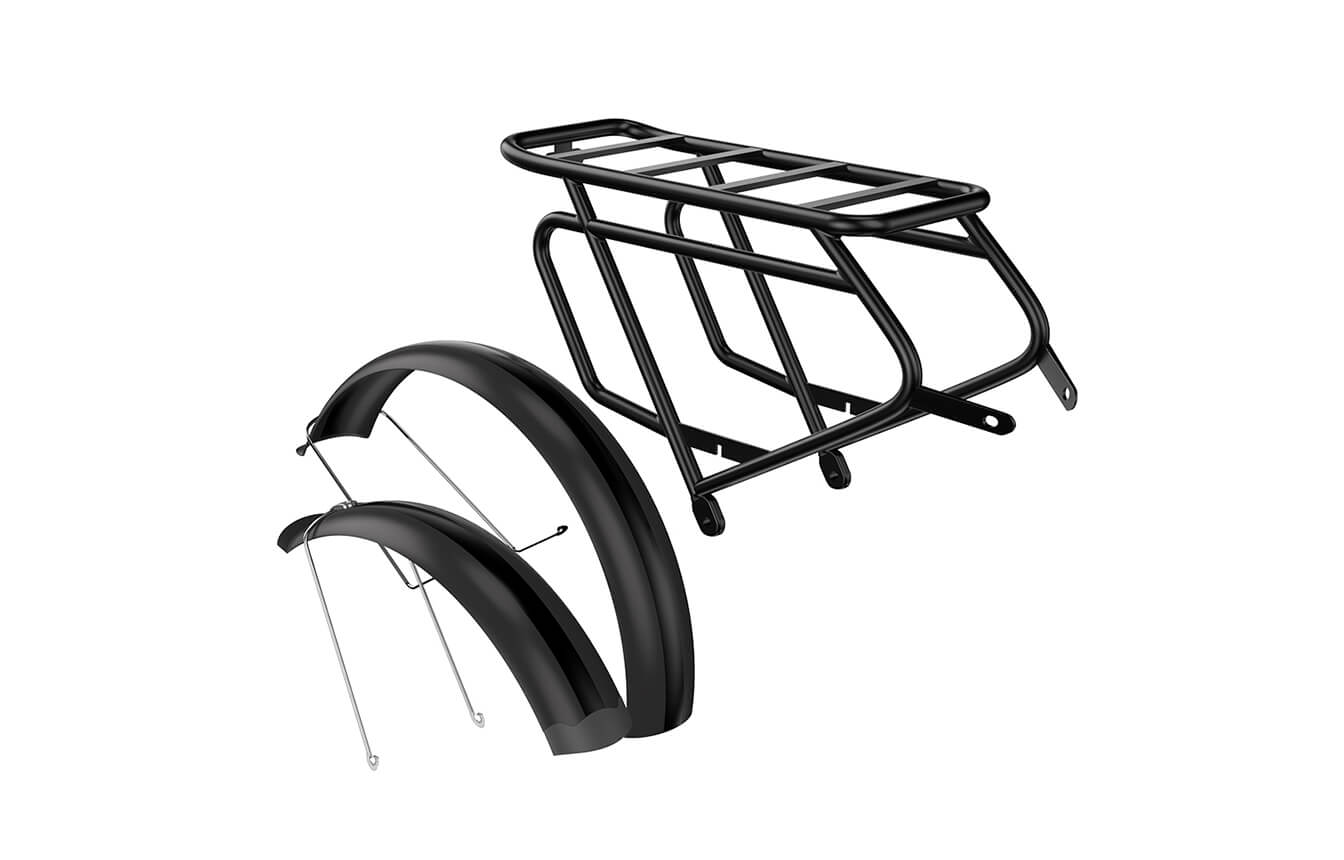
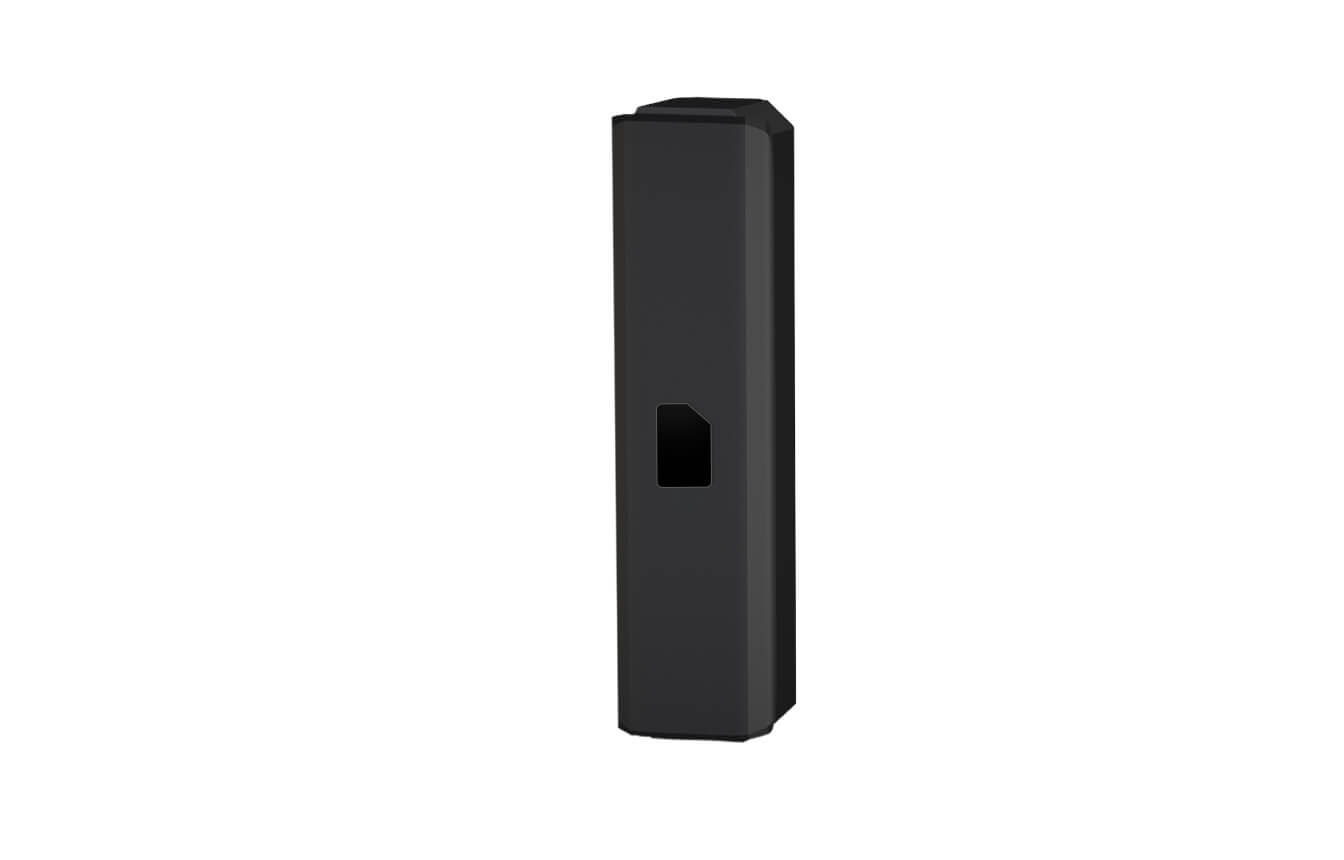
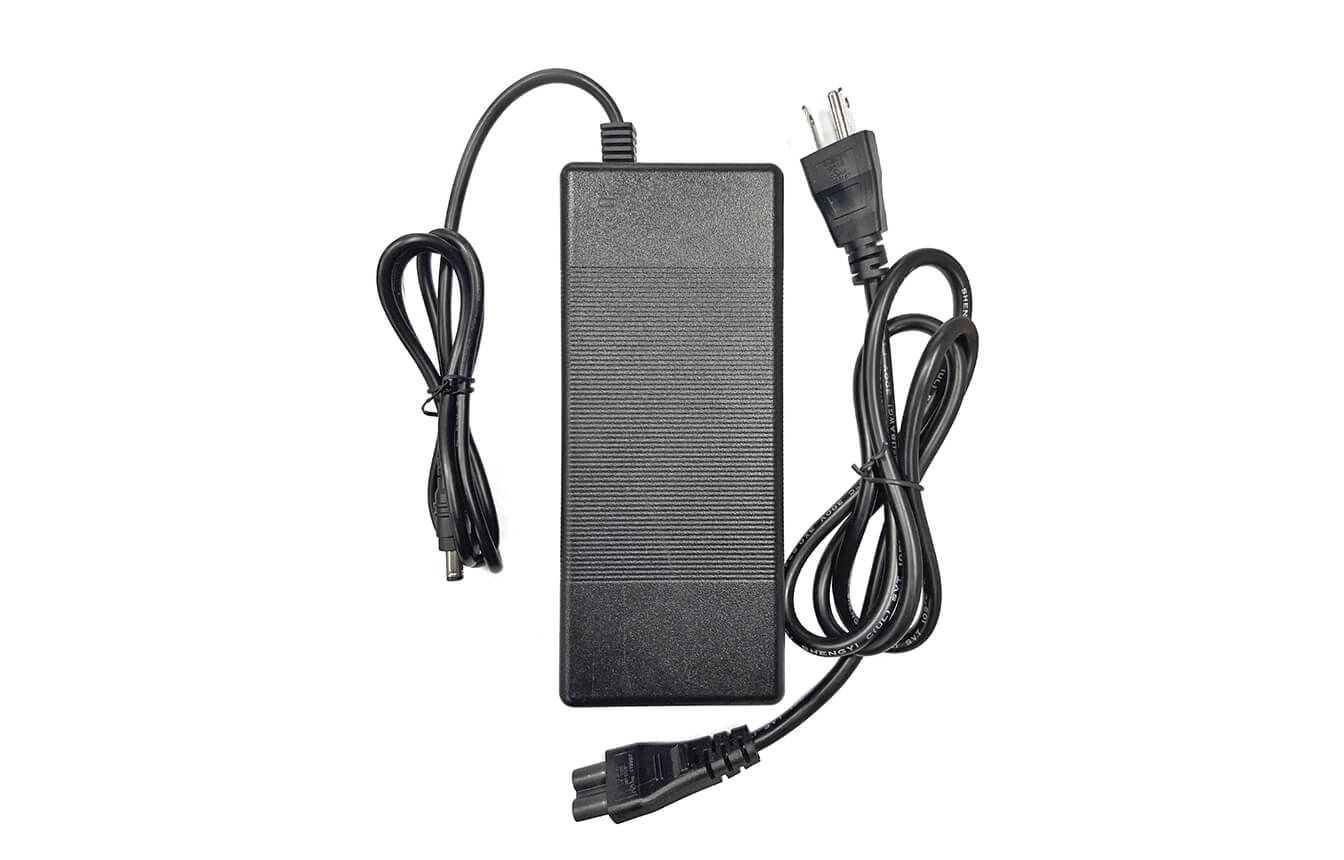
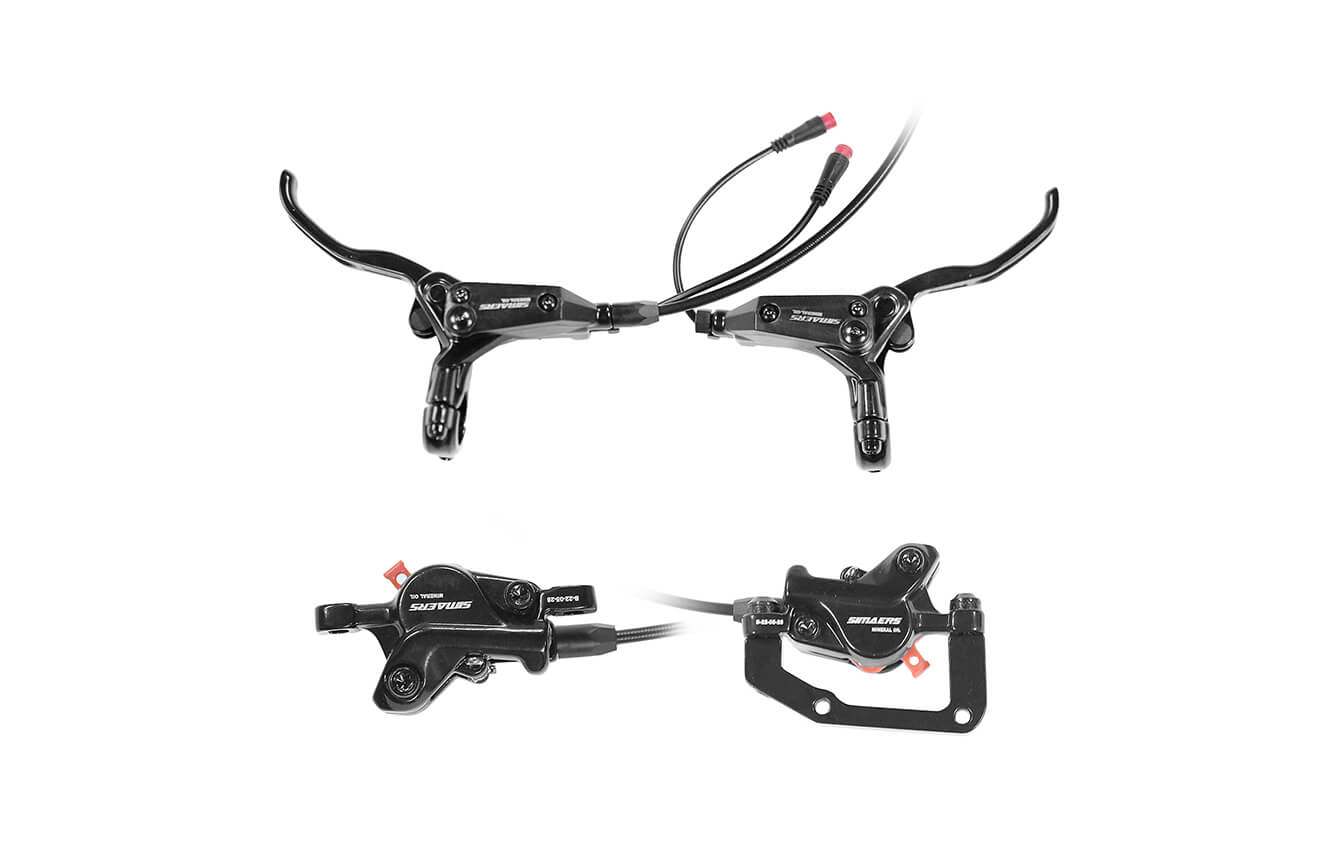
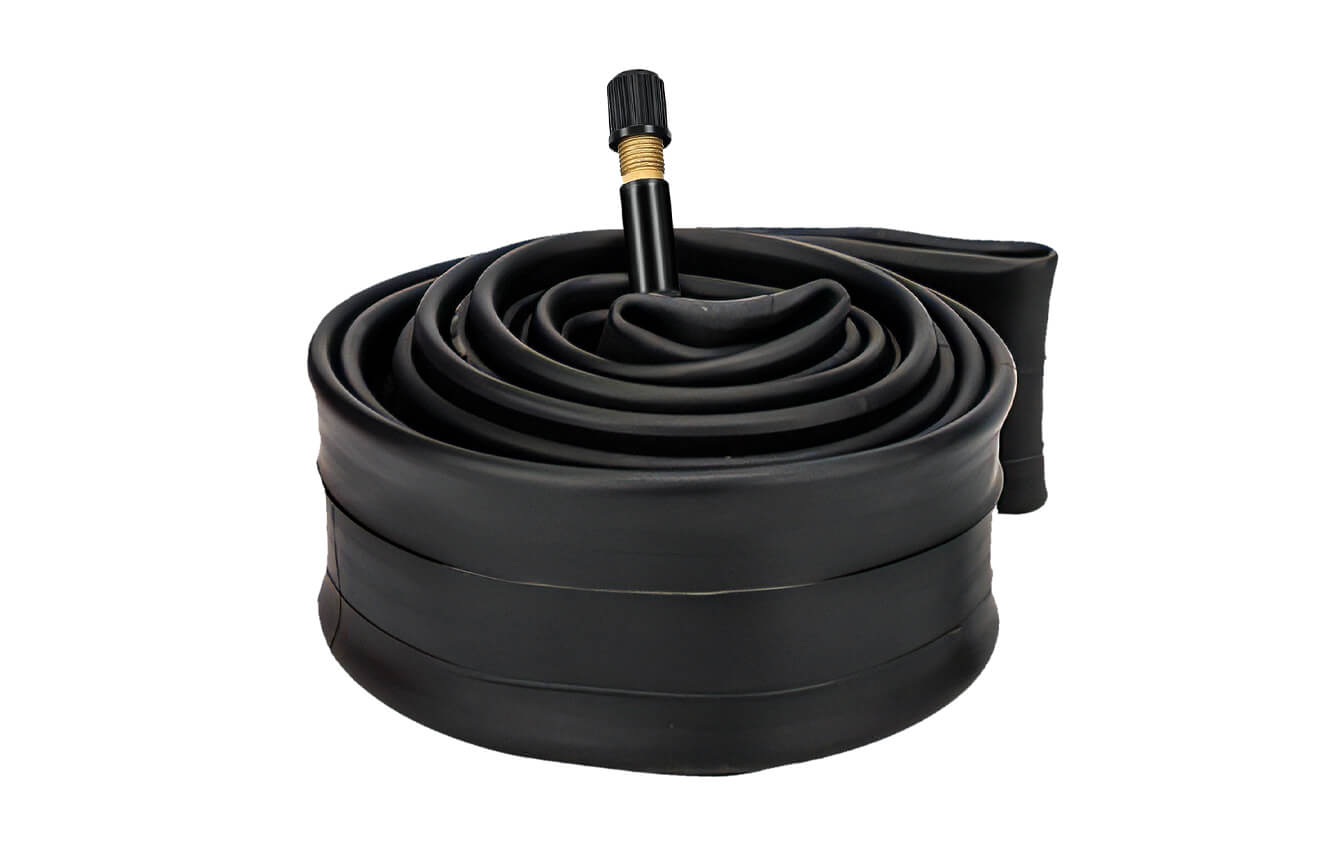






This article should mention the throttle requirements that actually make bikes like the q7 not legal in California. I’m hoping asomtom comes up with a software update that would allow disabling of the throttle for easy compliance :)
Leave a comment